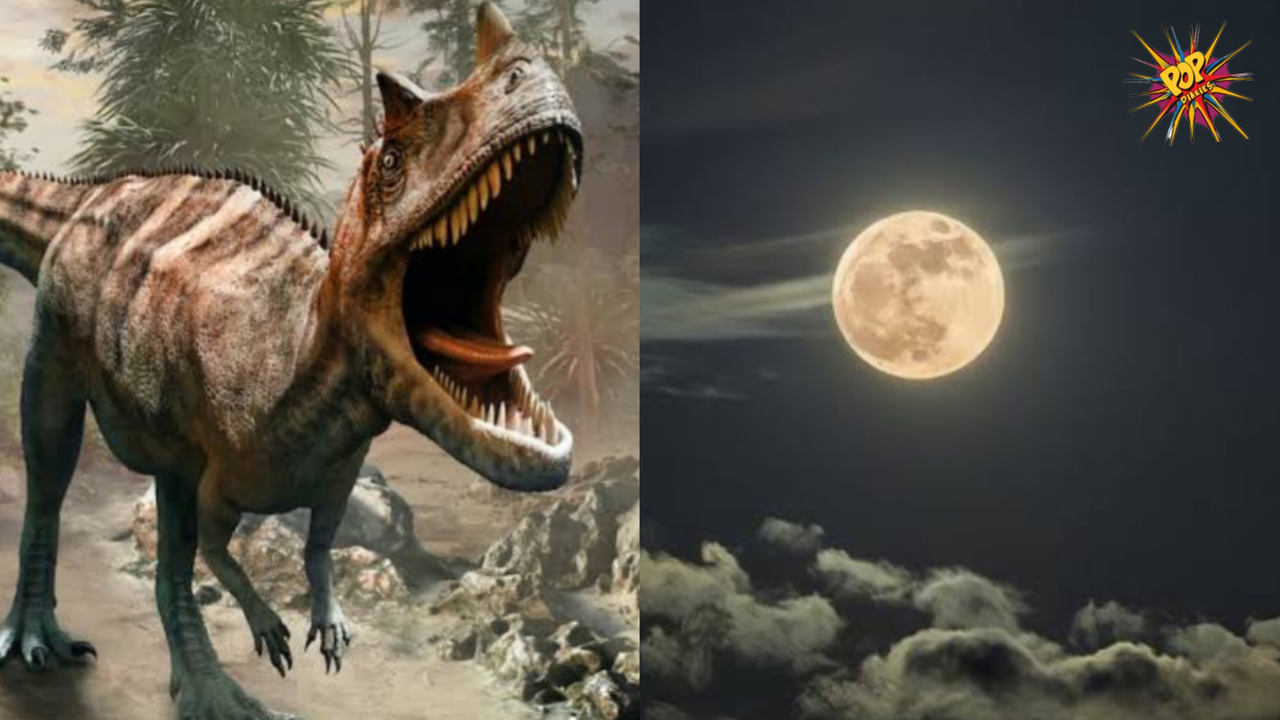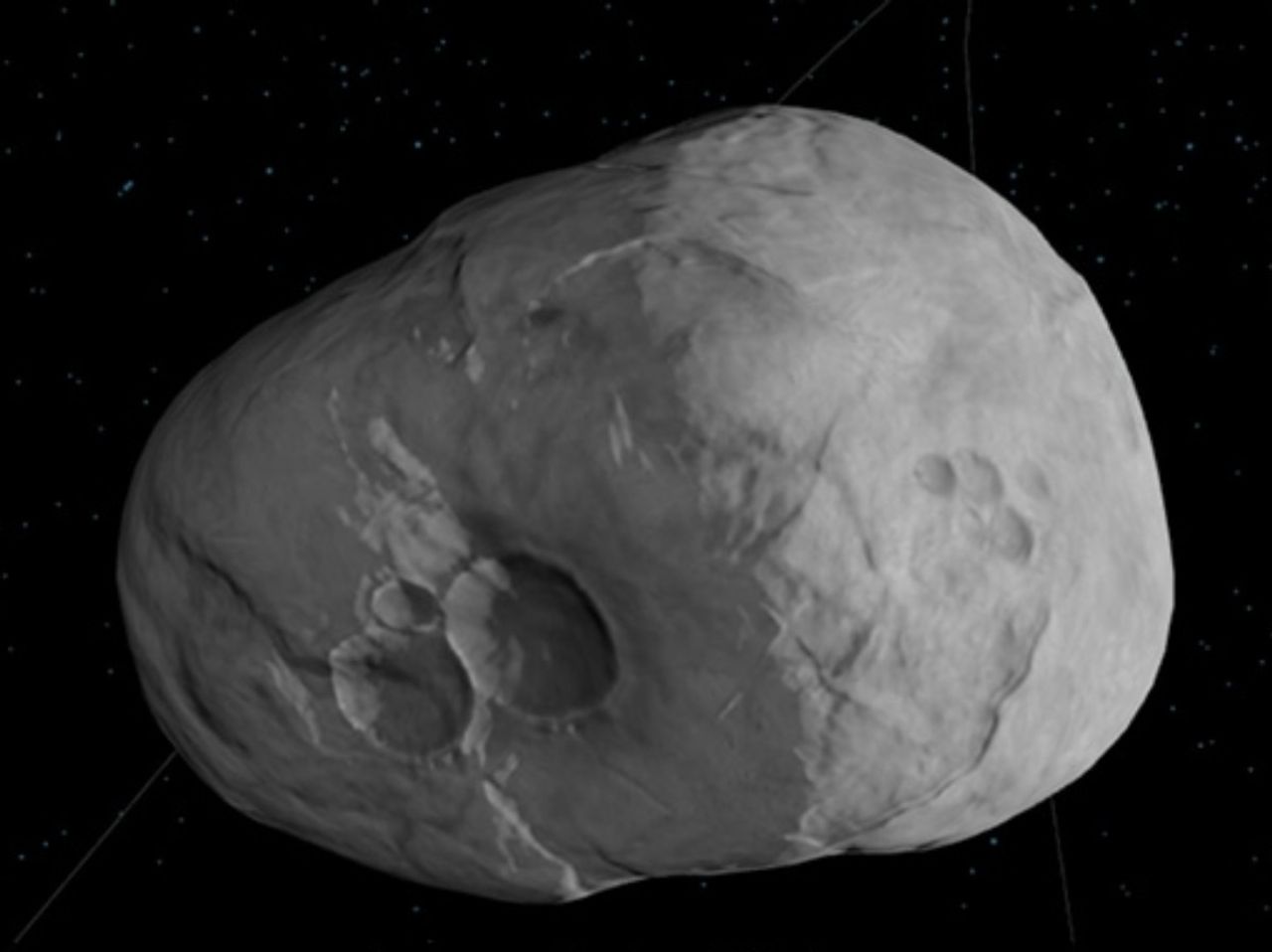In 2005, I was navigating winding roads through the Drakensberg Mountains, in Lesotho, Southern Africa. Towering cliff-like features known as...
Vous n'êtes pas connecté
- English
- Français
- عربي
- Español
- Deutsch
- Português
- русский язык
- Català
- Italiano
- Nederlands, Vlaams
- Norsk
- فارسی
- বাংলা
- اردو
- Azərbaycan dili
- Bahasa Indonesia
- Հայերեն
- Ελληνικά
- Bosanski jezik
- українська мова
- Íslenska
- Türkmen, Түркмен
- Türkçe
- Shqip
- Eesti keel
- magyar
- Қазақ тілі
- Kalaallisut ; kalaallit oqaasii
- Lietuvių kalba
- Latviešu valoda
- македонски јазик
- Монгол
- Bahasa Melayu ; بهاس ملايو
- ဗမာစာ
- Slovenščina
- тоҷикӣ ; toğikī ; تاجیکی
- ไทย
- O'zbek ; Ўзбек ; أۇزبېك
- Tiếng Việt
- ភាសាខ្មែរ
- རྫོང་ཁ
- Soomaaliga ; af Soomaali
Rubriques :
 Maroc - RAWSTORY.COM - Raw Story - 16/Jul 12:26
Maroc - RAWSTORY.COM - Raw Story - 16/Jul 12:26
Not just space rocks: 6 things we’ve learned about Earth from meteorites and comets
Apart from the Sun, its planets and their moons, our Solar System has vast amounts of space rocks – fragments left over from the formation of the inner planets.A large concentration of asteroids forms a vast ring around our Sun, orbiting it between Mars and Jupiter. Fittingly, it’s called the main asteroid belt. Comets are icy bodies of dust and rocks that originated even farther away – in the Kuiper Belt beyond Neptune and the Oort Cloud of debris surrounding the Solar System.Extraterrestrial rocks come in many sizes. Generally speaking, asteroids are space rocks larger than one metre, while the smaller pieces (from two millimeters up to one meter in size) are known as meteoroids.Regardless of where they come from, once these foreign rocks make it to Earth’s surface, we call them meteorites. But they are much more than just simple rocks from far, far away.They have allowed us to estimate the age of our planet, and changed the course of evolution more than once. Here are six major ways meteorites and comets have contributed to Earth’s history or our knowledge of it.1. The age of our planetAbout 4.5 billion years ago, a Mars-sized planet collided with the proto-Earth, changing the composition of our planet and forming our Moon.During its first tens of millions of years, Earth was predominantly molten. It was too hot to form solid minerals and rocks, so the exact age of our planet remains unknown. But we do know it’s between the age measured from meteorites and the age of the oldest rocks we have been able to find and date.The oldest minerals that have been reliably dated on Earth are tiny zircon grains found in Western Australia. The oldest one is 4.4 billion years old. However, scientists have also dated specks of calcium and aluminum found in meteorites, which yielded an older age of 4.56 billion years – the age of our Solar System.So, thanks in part to the oldest age provided by a meteorite, our best estimate is that Earth formed around 4.54 billion years ago. A slab of the Allende meteorite, the best-studied meteorite in history. It has many calcium–aluminum-rich inclusions dated to be 4.567 billion years old – the oldest known solids to have formed in the Solar System. Shiny Things/Flickr, CC BY-NC2. The building blocks of lifeThe most plausible theory for the beginning of life on Earth is based on simple organic compounds that formed in space and were brought to Earth by meteorites and other celestial bodies. During the Late Heavy Bombardment, a period between 4.1 and 3.8 billion years ago when more impact events hammered our planet, Earth’s surface was partially solid.Amino acids, hydrocarbons and other carbon-based molecules arrived at our planet in carbonaceous chondrites (primitive meteorites, remnants from the early Solar System) and comets. Once the early Earth was enriched with these organic molecules, chemical evolution followed. Eventually, life emerged on our planet. The earliest evidence is potential microbial life from 3.8 billion years ago, not long after the Late Heavy Bombardment. Regardless of how life started, all theories agree on the need for a primitive ocean – or pools of water – that allowed early life on Earth to develop. Photomicrograph of an ordinary chondrite meteorite found in northwestern Africa containing small spherical particles of minerals called chondrules. Circled is a barred olivine chondrule. Francisco Testa/From the author's personal collection3. How we got our oceansMeteorites and comets also played a major role in the formation of Earth’s oceans and atmosphere. Large quantities of water were delivered to our planet during the Late Heavy Bombardment.In addition, water was released from Earth’s interior through volcanic activity during the Hadean Eon, the first eon in our planet’s history.Water vapor, along with other gases such as carbon dioxide, methane, ammonia, nitrogen and sulphur, formed the proto-atmosphere. Rain began to fall once the temperature dropped below the boiling point of water, forming our primordial ocean.Yes – the water we drink today is at least partly of extraterrestrial origin.4. Changing the course of evolutionThe extinction of dinosaurs happened about 66 million years ago. It’s linked to the second-largest known meteorite impact on Earth, the deeply buried Chicxulub crater in Mexico. In contrast, the Late Devonian extinction about 380 to 360 million years ago cannot be explained by a single impact. Several factors have been proposed as potential causes, including multiple impacts, climate change, depletion of oxygen (anoxia) in the oceans and volcanic activity.Repeated times during Earth’s history, impact events have influenced the survival and evolution of life on our planet. The subtle impression of the Chicxulub impact crater is still visible on the Yucatán peninsula in Mexico today. NASA/JPL5. Sampling Earth’s deep mantle and coreScientists use a combination of methods to understand Earth’s internal structure: crust, mantle, core and their subdivisions. Seismology is the most important of them, which studies the propagation of seismic waves generated by earthquakes or artificial sources through Earth’s interior.We have access to rock samples from the crust and upper mantle, but we will never be able to sample the deep mantle or solid core. Even if we had the technology, it would be astronomically expensive, and going down to such depths involves extreme pressures and temperatures.Since direct sampling is impossible, scientists rely on indirect methods.Pallasites and metallic meteorites are rocks from differentiated asteroids – ones that also have a mantle and core. Such space rocks are the closest we will ever come to sampling the deepest portions of our own planet. They help us understand its composition.Pallasites are rare, and contain a silicate mineral called olivine embedded in nickel-iron alloys. It’s thought pallasites form in the boundary between the core and mantle-like regions of differentiated asteroids.Metallic or iron meteorites are mainly composed of the nickel-iron alloys kamacite and taenite. They are the core fragments of differentiated asteroids, giving us clues to our own planet’s core. Slab of Aletai iron meteorite, found in Xinjiang, China in 1898. Francisco Testa/From the author's personal collection6. Meteorite impacts gave us huge gold and nickel depositsThe Witwatersrand rocks in South Africa host the world’s largest known gold reserves. This would not be the case without the Vredefort impact crater – the largest known impact structure on Earth – formed about 2.02 billon years ago.The impact saved these gold deposits from erosion by covering the entire area with ejected material, concealing the ore-bearing layers beneath. If an ore deposit erodes, the material disperses and it wouldn’t make for profitable extraction.Witwatersrand is the largest gold-producing district in the world. Which means the ancient meteorite impact has made an indirect, lasting impact on our society through the availability of this precious metal.But that’s not the only such event. The third-largest known impact crater on Earth is the Sudbury Basin in Canada, formed 1.85 billion years ago. It hosts giant nickel deposits because the impact disrupted Earth’s crust, partially melting it and allowing magma from the mantle to rise.This led to the accumulation of nickel, copper, palladium, platinum and other metals, producing one of the richest mining districts on the planet.The author would like to acknowledge helpful feedback on this article from Prof Noel C. White, University of Tasmania.Francisco Jose Testa, Lecturer in Earth Sciences (Mineralogy, Petrology & Geochemistry), University of TasmaniaThis article is republished from The Conversation under a Creative Commons license. Read the original article.
Articles similaires
Gigantic Asteroid Impact Shifted Axis Of Solar System’s Biggest Moon
Around 4 billion years ago, an asteroid hit the Jupiter moon Ganymede. Now, a Kobe University researcher realized that the Solar System's biggest...
Meet Phaethon, a weird asteroid that thinks it’s a comet
What’s the difference between an asteroid and a comet? A comet is basically a dirty iceball composed of rock and ice. The classic image is of a...
Scientists smash rocks to uncover clues for protecting Earth from asteroids
Engineers at Johns Hopkins University have made exciting discoveries about how materials like sand and rock behave when hit by extreme forces. This...
Scientists smash rocks to uncover clues for protecting Earth from asteroids
Engineers at Johns Hopkins University have made exciting discoveries about how materials like sand and rock behave when hit by extreme forces. This...
Moon's Active Volcanoes During Dinosaur Era
During the age of dinosaurs, spanning from about 230 to 66 million years ago, the Moon was experiencing a period of notable geological activity,...
ISRO Warns of 'Worst Case Scenario' as Large Asteroid Approaches Earth
In an announcement that has captured the attention of scientists and space enthusiasts alike, the Indian Space Research Organisation (ISRO) has issued...
ISRO Warns of 'Worst Case Scenario' as Large Asteroid Approaches Earth
In an announcement that has captured the attention of scientists and space enthusiasts alike, the Indian Space Research Organisation (ISRO) has issued...
Seismic echoes reveal a mysterious ‘donut’ inside Earth’s core
About 2,890 kilometers beneath our feet lies a gigantic ball of liquid metal: our planet’s core. Scientists like me use the seismic waves created by...
💕( ͡° ͜ʖ ͡°)📖 (“Why does all light forces’ action have to be ‘behind the scenes?’) Matthew's Message via Suzy ~ Sept 5, 2024 ~ |
Channeled by Suzy Ward© 2024 matthewbooksEditor's Note: Wauv! 'The Light Forces erected a powerful light grid around Earth and right now benevolent...
Les derniers communiqués
-
Adobe Brings Conversational AI to Trillions of PDFs with the New AI Assistant in Reader and Acrobat
Adobe - 21/02/2024
-
Laura Frigenti takes the Helm as Chief Executive Officer of the Global Partnership for Education
Global Partnership for Education - 05/12/2022






